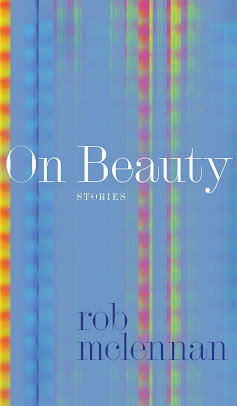3.
Roll over, Oscar Wilde. Meet
Gertrude Stein
and the Little Sparrow. Meet
Jim Morrison and
Chopin too. Deeper and deeper
our travels
took us: there was
Create, whose indoor toilets
were the first preserved.
The tourists
from the cruise had sea
legs, as Knossos listed
right or left. The
Mexican economist hated
America’s presumptions,
he confessed at dinner,
before the ping pong ball
disappeared into the Aegean.
I thought Ship of
Fools, how doomed
our journeys, felt
comfort in moss roses curled
around a railing where
men worked sums.
The castle from the Crusades,
rehabbed by Mussolini:
palimpsest of wrong
ideas: and no plot to save us. (“Zonal”)
I was curious to see a copy of Mill Valley, California poet and editor Maxine Chernoff’s latest, Light and Clay: New and Selected Poems (Cheshire MA: MadHat Press, 2023), a collection that selects poems across six of her nineteen books of poetry—Among the Names (Apogee Press, 2005), The Turning (Apogee Press, 2007) [see my review of such here], To Be Read in the Dark (Omnidawn, 2011), Without (Shearsman Books, 2012) [see my review of such here], Here (Counterpath Press, 2014) [see my review of such here] and Camera (Subito Press, 2017) [see my review of such here]—as well as a healthy opening section of new poems. Focusing on her work with and through sonnets, sequences, extended lines and other lyric structures, Light and Clay exists as a counterpoint to her Under the Music: Collected Prose Poems (MadHat Press, 2019) [see my review of such here], and the two collections paired offer an interesting overview of Chernoff’s attention to poetic structure. “Love’s tender mercies clear the air,” she writes, to open the poem “Traced,” “Unhinging the gate to practiced longing. / Tied to life, you spill into water, deeper / Than any atmosphere.” Chernoff’s poems extend lines of thought across great distances, whether the line, the poem or as a sequence of pulled-apart sentences, offering a lyric that works to articulate and examine intellectual and physical space. Hers is a lyric, essentially, of seeing, and what she sees is illuminating. As the short poem “Granted” ends: “We stayed in bed for years / and took our cures patiently / from each other’s cups. / We read Bleak House and / stored our money in socks. / Nothing opened as we did.”
Whereas her prose poem selected opens with an introduction by Robert Archambeau, this collection exists without, which, as regular readers of this space are already fully aware, I consider a severe oversight for any selected or collected; it is important to place writer and writing within context, and offer why and how this collection was decided upon, let alone shaped. For example: did the author make the selections herself? What was the process of these books selected, and selected from, and not others? Either way, opening with the sixteen-part sonnet sequence, “Zonal,” the poems in the “new” section employ an increased complexity (compared to the other poems throughout), providing a layering of image, insight, craft and instability, finely-woven with deceptive ease. The shift across the body of her work, at least as presented in this two hundred page-plus volume, is intriguing, subtle and even clarifying. This is an incredible work by a severely underrated poet, sliding under the radar for more than enough time (a recent folio on her work did appear recently in Denver Quarterly, Vol 57 No. 4 (2023), edited by Lea Graham, although the issue itself doesn’t seem to be listed anywhere on their website).
You Took the Dare
To live here and there,
as recluse
and as host. While everything
exploded
and flames turned water
red, you
suggested a menu and gave
to
a proper cause. Nothing endured
the losses around you,
the final note
that sounded past alarm. A
cloudy
resemblance of what once
sufficed came
to be known as grace as
you listened
to grass growing, to a
boy praying
near the great stone
wall. Crisis after
crisis stacked up like
planes in fog.
You counted moss-covered
bricks near
the former factory,
where, at sunset,
brown light flickered.
What else to do but live?




1 comment:
Fine review that makes the book tempting. “Crisis after crisis…fog”: arresting image
Post a Comment